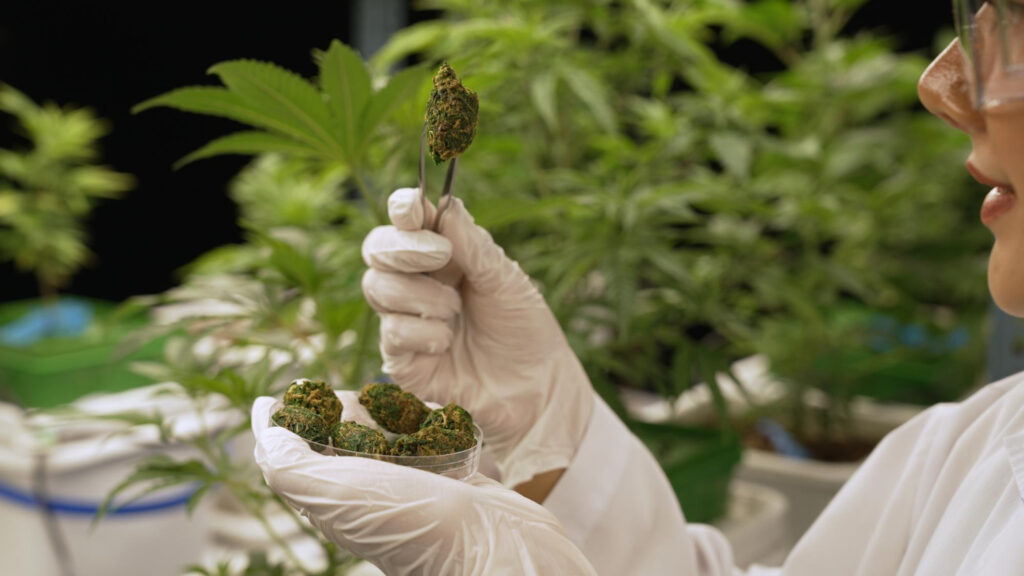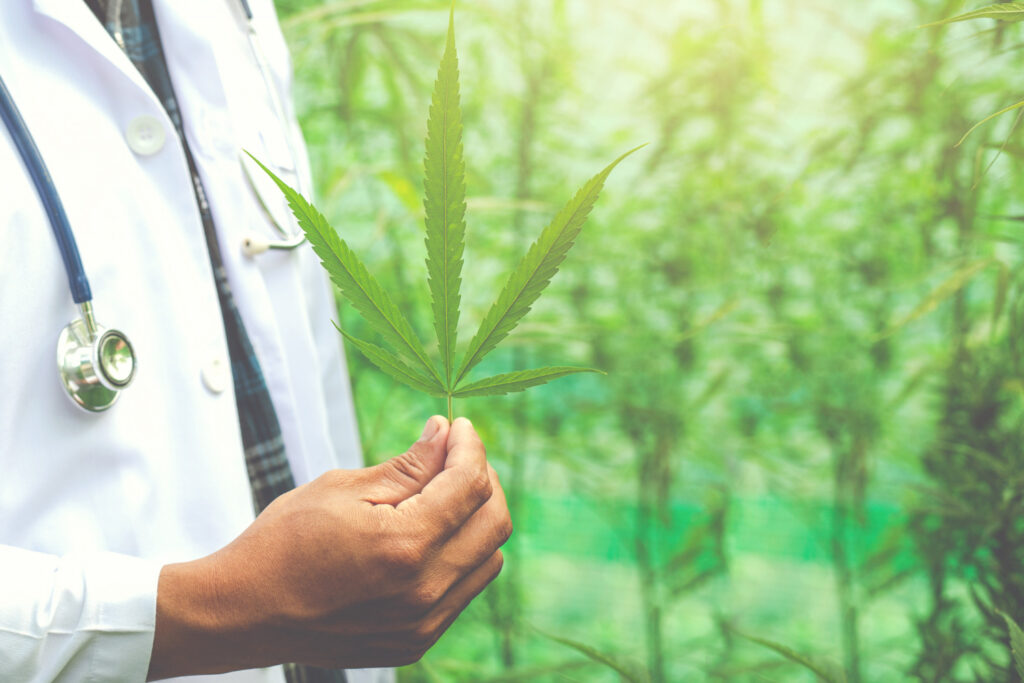Australia’s cannabis industry in 2025 is rapidly evolving from a domestically focused market into a global export player. With world-class cultivation facilities, strict quality controls, and a favorable reputation for agricultural excellence, the country is uniquely positioned to supply both medical cannabis and industrial hemp to high-demand international markets. Legislative clarity, increasing export licenses, and expanding trade relationships are enabling Australian producers to reach customers in Europe, Asia, and North America. As more countries move toward legalization or expand existing programs, Australia’s role as a trusted supplier is becoming more significant, offering lucrative opportunities for businesses and investors alike.
Medical Cannabis: High-Quality Production for Global Patients

Australia’s medical cannabis sector benefits from stringent regulatory oversight under the Therapeutic Goods Administration (TGA), which ensures pharmaceutical-grade standards for cultivation, processing, and packaging. This reputation for quality is a competitive advantage in export markets where product safety and consistency are top priorities. In 2025, Australian medical cannabis is being shipped to countries such as Germany, the United Kingdom, and South Korea, where patient demand is outpacing domestic supply. Exports include dried flower, oils, and advanced formulations designed for specific therapeutic needs. Producers with Good Manufacturing Practice (GMP) certification are best positioned to secure long-term supply agreements, as this standard is recognized globally. The combination of high-quality genetics, skilled cultivation teams, and compliance-driven production makes Australia a preferred source for medical cannabis imports.
Industrial Hemp: A Sustainable Export Growth Driver
Industrial hemp is emerging as an equally important export opportunity, particularly in markets seeking sustainable raw materials for textiles, construction, food, and wellness products. Australian hemp producers benefit from diverse growing conditions, enabling year-round supply of high-quality fiber and seeds. In 2025, countries in Asia-Pacific, including Japan and South Korea, are increasing imports of hemp-based food products, while European buyers are turning to Australian suppliers for eco-friendly building materials and bioplastics. The global focus on carbon reduction and renewable resources aligns perfectly with hemp’s environmental benefits, making it an attractive investment for both agricultural and manufacturing sectors. Exporters that can process hemp domestically into higher-value goods — such as hemp protein powders or hempcrete — are positioned to capture greater market share and profitability.
Key International Markets Opening Up
The list of potential buyers for Australian cannabis products is expanding as more countries adjust their regulations to allow imports. In Europe, Germany remains the largest importer of medical cannabis, and its 2024 legalization reforms are expected to boost demand further. The United Kingdom is also streamlining its import process to meet growing patient needs. In Asia, countries like Thailand are exploring controlled medical cannabis imports, while South Korea is maintaining a tightly regulated but steadily growing market. For industrial hemp, demand in North America is being driven by the construction and textile industries, with Australian producers seen as reliable partners thanks to their high compliance and sustainability standards.
Challenges and Strategic Considerations for Exporters
Despite strong potential, cannabis exporters face several challenges, including navigating complex international regulations, securing consistent supply chains, and managing export costs. Each target market has unique import requirements, from product testing to labeling, which can add time and expense. Additionally, competition from established exporters in Canada, the Netherlands, and Latin America means Australian producers must differentiate themselves through quality, innovation, and branding. Strategic partnerships with overseas distributors, investment in advanced processing facilities, and obtaining globally recognized certifications are crucial steps for exporters seeking to secure and grow their international presence.
Outlook: Building a Global Cannabis Export Hub

By combining its high standards, favorable climate, and expanding production capacity, Australia is on track to become a leading global hub for cannabis exports. The country’s ability to supply both medical and industrial products offers a diversified growth model that can adapt to shifting market demands. Over the next five years, the most successful Australian exporters will likely be those that invest early in international relationships, develop branded products for niche markets, and maintain rigorous compliance to meet evolving global standards. For investors and industry players, the coming years present an opportunity to shape Australia’s cannabis export story — and secure a strong position in a sector that shows no signs of slowing down.

Leave a Reply